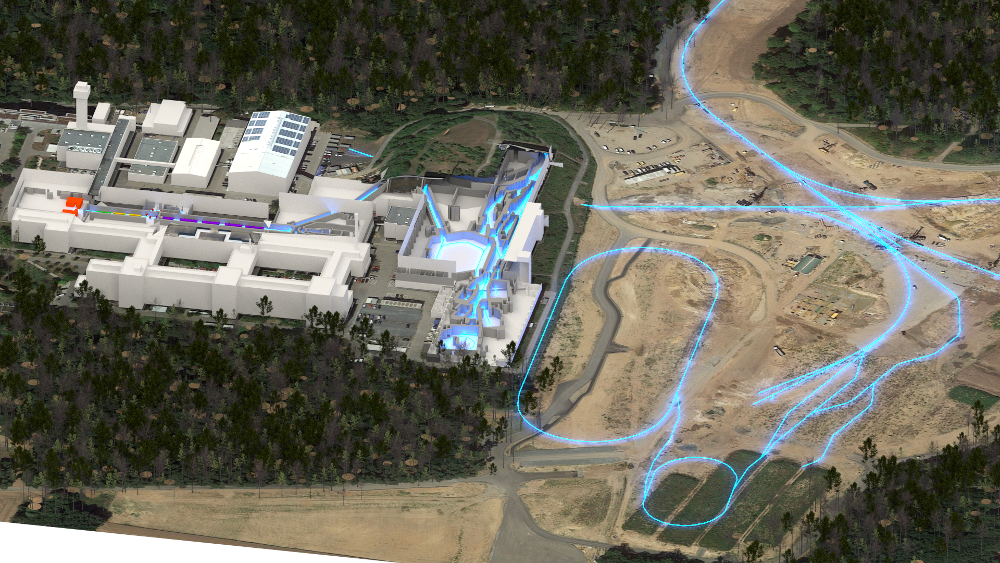Name: Facility for Antiproton and Ion Research (FAIR) – participation of the Czech Republic
Institute: Nuclear Physics Institute of the Czech Academy of Sciences
Coordinator: RNDr. Andrej Kugler, CSc.; kugler@ujf.cas.cz
Website
FAIR (Facility for Antiproton and Ion Research in Europe) is a European RI for nuclear and hadron physics currently under construction in Darmstadt, Germany, as a part of the capacity of GSI (Helmholtzzentrum für Schwerionenforschung). The Czech Republic became an Aspirant Member of FAIR in 2019. The Czech participation in FAIR, organized through FAIR-CZ, is anticipated to cover not only research activities in hadron physics, nuclear physics and nuclear astrophysics in CBM (Compressed Baryonic Matter), PANDA (Anti-Proton Annihilation at Darmstadt) and NuSTAR (Nuclear Structure, Astrophysics and Reactions), which are key research pillars of FAIR, but also activities in other fields of science, such as radiobiology and biophysics developed in FAIR-APPA (Atomic, Plasma Physics and Applications), another research pillar of FAIR. The multidisciplinary aspect of FAIR-CZ is one of its unique features, supported by a portfolio of services, such as infrastructure for the development and production of complex scientific devices for conducting FAIR experiments in Czechia, coordinating access to research at FAIR, as well as technologies developed in all four FAIR research pillars.
After its completion, FAIR will be a worldwide leading facility for hadron and nuclear physics for the next several decades. FAIR will be unique in areas such as the production of highly compressed plasma exploiting intense heavy-ion beams, with an unparalleled research programme focused on cooled antiproton beams and internal-target storage-ring capabilities for quantum chromodynamics studies. FAIR is expected, for example, to verify models of compressed matter, which are used to describe the fusion of neutron stars assumed to be the source of recently detected gravitational waves.
